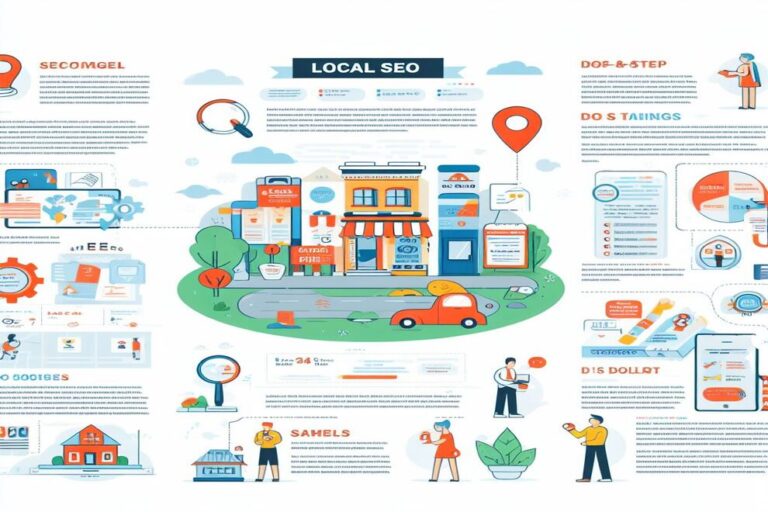4 tips for effectively communicating with clients

Communication is the cornerstone of successful client relationships. Whether you’re a freelancer, a business owner, or an employee, your ability to communicate effectively with clients can make or break your projects. In this blog post, we’ll explore four key tips to enhance your client communication skills and foster positive, productive interactions.
Tip 1: Active Listening
Active listening is the foundation of effective communication. When you actively listen, you’re fully engaged in what the client is saying, and you’re not just waiting for your turn to speak. Here are some essential aspects of active listening:
- Pay Attention: Focus on the client’s words, tone, and body language.
- Ask Clarifying Questions: If something is unclear, ask questions to gain a better understanding.
- Empathize: Try to see the situation from the client’s perspective. Understand their needs, concerns, and objectives.
Active listening builds trust and shows your clients that you value their input. It also helps you provide solutions that align with their goals.
Tip 2: Clear and Transparent Communication
Clear and transparent communication is vital for managing expectations and avoiding misunderstandings. Here’s how to achieve it:
- Set Expectations: From the outset, define project scope, timelines, and deliverables. Be honest about what you can and cannot do.
- Regular Updates: Keep clients informed about project progress, milestones, and any potential delays.
- Be Transparent About Challenges: If issues arise, don’t shy away from discussing them with your client. Offer solutions or alternative approaches.
Clear and transparent communication establishes a sense of reliability and professionalism.
Tip 3: Use the Right Communication Channels
Different clients may prefer different communication channels. Some might prefer email, while others favor phone calls or in-person meetings. It’s crucial to understand your client’s communication preferences and adapt accordingly.
- Ask for Their Preferred Channel: At the start of your collaboration, inquire about their preferred mode of communication.
- Respect Their Choice: Once you know their preference, respect it and use that channel for most interactions.
- Confirm Important Details in Writing: To avoid misunderstandings, confirm important discussions in writing, especially project details and decisions.
Using the right communication channel demonstrates your flexibility and consideration for the client’s convenience.
Tip 4: Constructive Feedback and Conflict Resolution
Dealing with feedback and resolving conflicts gracefully is a crucial skill in client communication.
- Accept Constructive Criticism: Be open to feedback, and don’t take it personally. Use it as an opportunity for improvement.
- Offer Solutions: When issues or conflicts arise, focus on finding solutions rather than assigning blame.
- Maintain Professionalism: Even in challenging situations, maintain professionalism, respect, and courtesy.
Handling feedback and conflicts professionally can strengthen the client relationship and lead to better collaboration in the long run.
Conclusion
Effective client communication is an art that can be cultivated with practice and attention. By actively listening, maintaining transparency, using the right channels, and handling feedback constructively, you’ll not only build stronger client relationships but also increase your chances of successful project outcomes. Great client communication is a win-win—it benefits both you and your clients.





